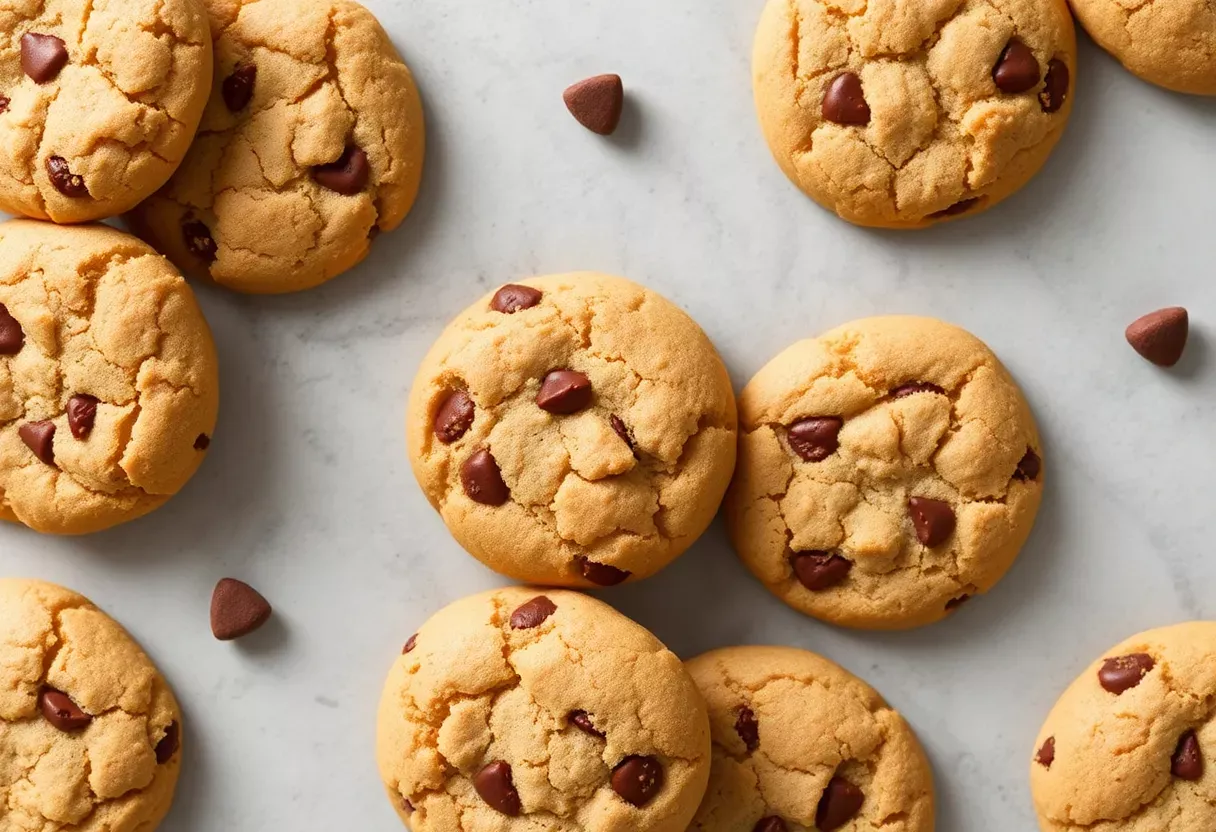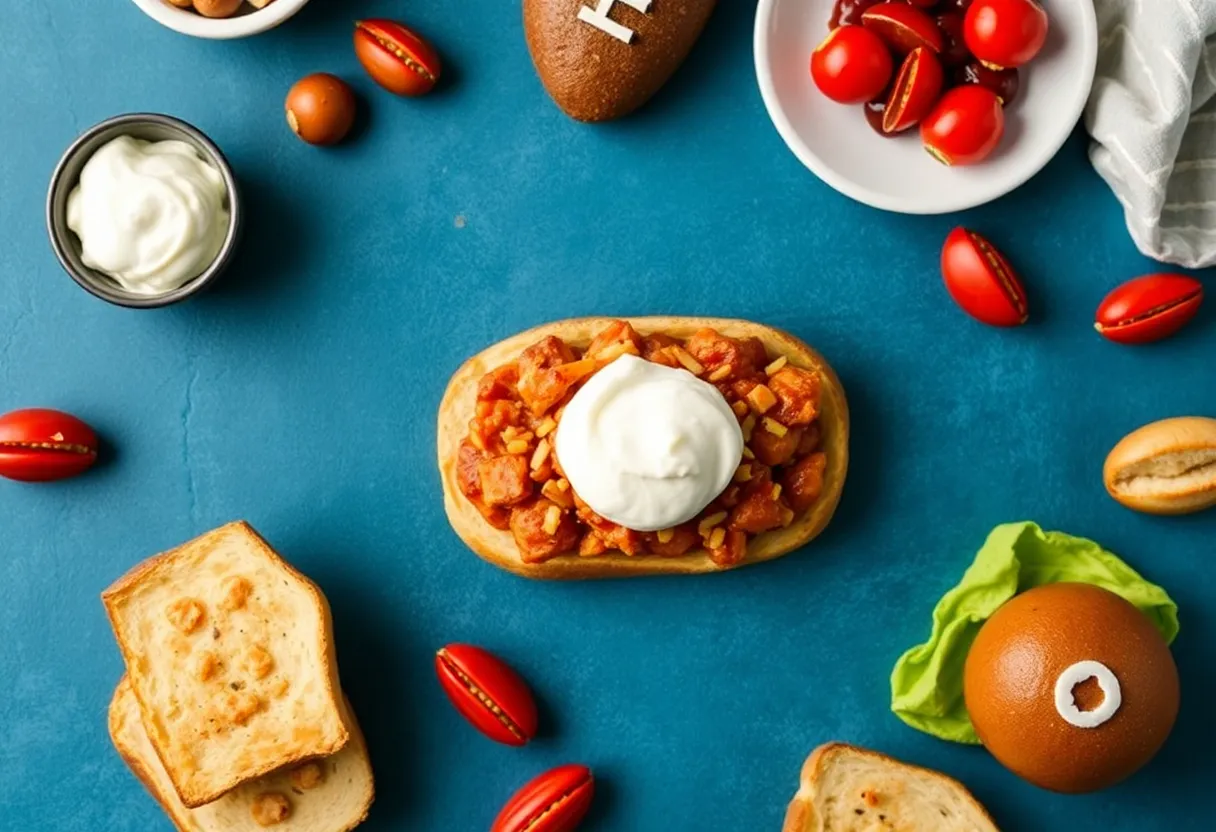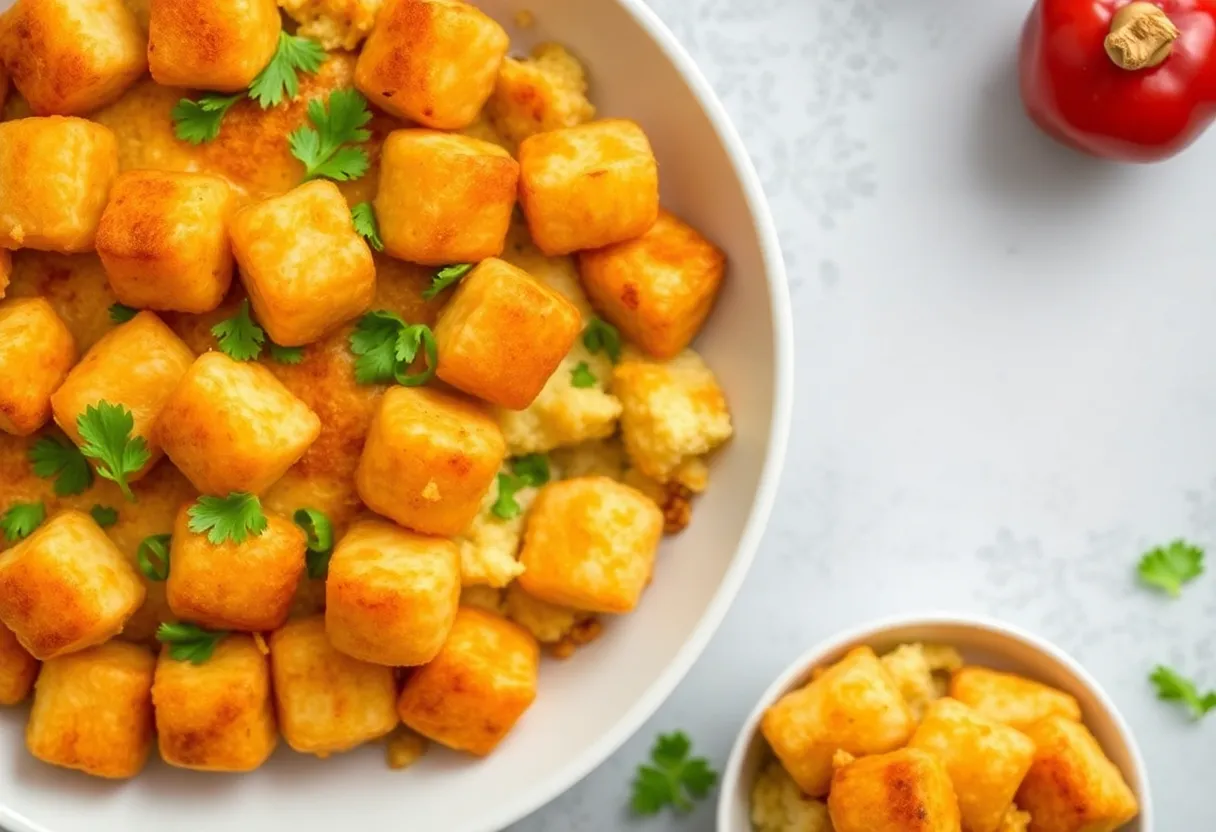Bread is life. But what if gluten makes you bloated and dairy turns your stomach into a war zone? Most store-bought gluten-free bread tastes like cardboard, and dairy-free options?
Forget about it. This recipe fixes everything. Soft, fluffy, and actually edible—no weird aftertaste, no sad textures.
You’ll swear it’s regular bread. Ready to bake something that doesn’t suck? Let’s go.
Why This Recipe Slaps
Most gluten-free bread crumbles like a bad relationship.
This one holds together. The secret? A blend of rice flour and tapioca starch for structure, plus psyllium husk to mimic gluten’s chewiness.
No dairy? No problem. Coconut oil adds richness without the lactose drama.
It’s also stupidly easy to make—no fancy equipment, just a bowl and some patience.
Ingredients You’ll Need
- 2 cups gluten-free all-purpose flour (look for a blend with xanthan gum)
- 1/4 cup tapioca starch
- 1 tbsp psyllium husk powder
- 1 tsp salt
- 1 tbsp sugar or maple syrup (for the yeast to feast on)
- 2 1/4 tsp active dry yeast (one packet)
- 1 1/4 cups warm water (not too hot, or you’ll murder the yeast)
- 2 tbsp coconut oil, melted
- 1 tsp apple cider vinegar (trust me, it helps)
Step-by-Step Instructions
- Activate the yeast: Mix sugar and yeast in warm water. Wait 5 minutes until it’s frothy. If nothing happens, your yeast is dead.
Start over.
- Dry ingredients: Whisk flour, tapioca starch, psyllium husk, and salt in a large bowl.
- Wet ingredients: Add coconut oil and vinegar to the yeast mixture. Pour into dry ingredients. Stir until it looks like sticky dough.
- Rest: Cover the bowl and let it sit for 30 minutes.
The psyllium husk needs time to work its magic.
- Shape: Scoop the dough into a greased loaf pan. Smooth the top with wet fingers (the dough is sticky—deal with it).
- Bake: Pop it in a preheated 375°F oven for 45–50 minutes. Tap the bottom—if it sounds hollow, you’ve won.
Storage Instructions
This bread doesn’t have preservatives (shocking, I know), so it won’t last forever. Store it in an airtight container for up to 3 days.
For longer life, slice and freeze it. Toast straight from the freezer—no thawing needed.
Benefits of This Recipe
No gluten, no dairy, no regrets. It’s perfect for celiacs, lactose-intolerant folks, or anyone avoiding processed junk.
Plus, it’s cheaper than store-bought allergy-friendly bread (which costs more than your Wi-Fi bill). You control the ingredients, so no mystery additives.
Common Mistakes to Avoid
- Killing the yeast: Water too hot? Congrats, you’ve made yeast soup.
Aim for 110°F.
- Skipping psyllium husk: This is the MVP. Without it, your bread will crumble like your last diet attempt.
- Overbaking: Dry bread is sad bread. Set a timer.
Alternatives
Out of coconut oil?
Use olive oil. Hate tapioca starch? Try arrowroot powder.
For a nutty flavor, swap 1/4 cup of flour for almond flour. Experiment—just don’t blame me if you invent a brick.
FAQs
Can I use a different flour blend?
Yes, but ensure it contains xanthan gum. No gum?
Add 1 tsp to the dry ingredients. Without it, your bread will fall apart faster than a bad TikTok trend.
Why apple cider vinegar?
It reacts with the baking powder for a better rise. White vinegar works too, but ACV adds a subtle tang.
Don’t overthink it.
Can I make this vegan?
It already is. High-five for not reading the ingredients list.
Why is my bread gummy?
You probably underbaked it. Or overmixed the dough.
Or angered the baking gods. Try again.
Final Thoughts
Gluten-free, dairy-free bread doesn’t have to taste like punishment. This recipe proves it.
Soft, chewy, and actually enjoyable—no compromises. Bake it, slice it, toast it, and enjoy without the side of regret. You’re welcome.






